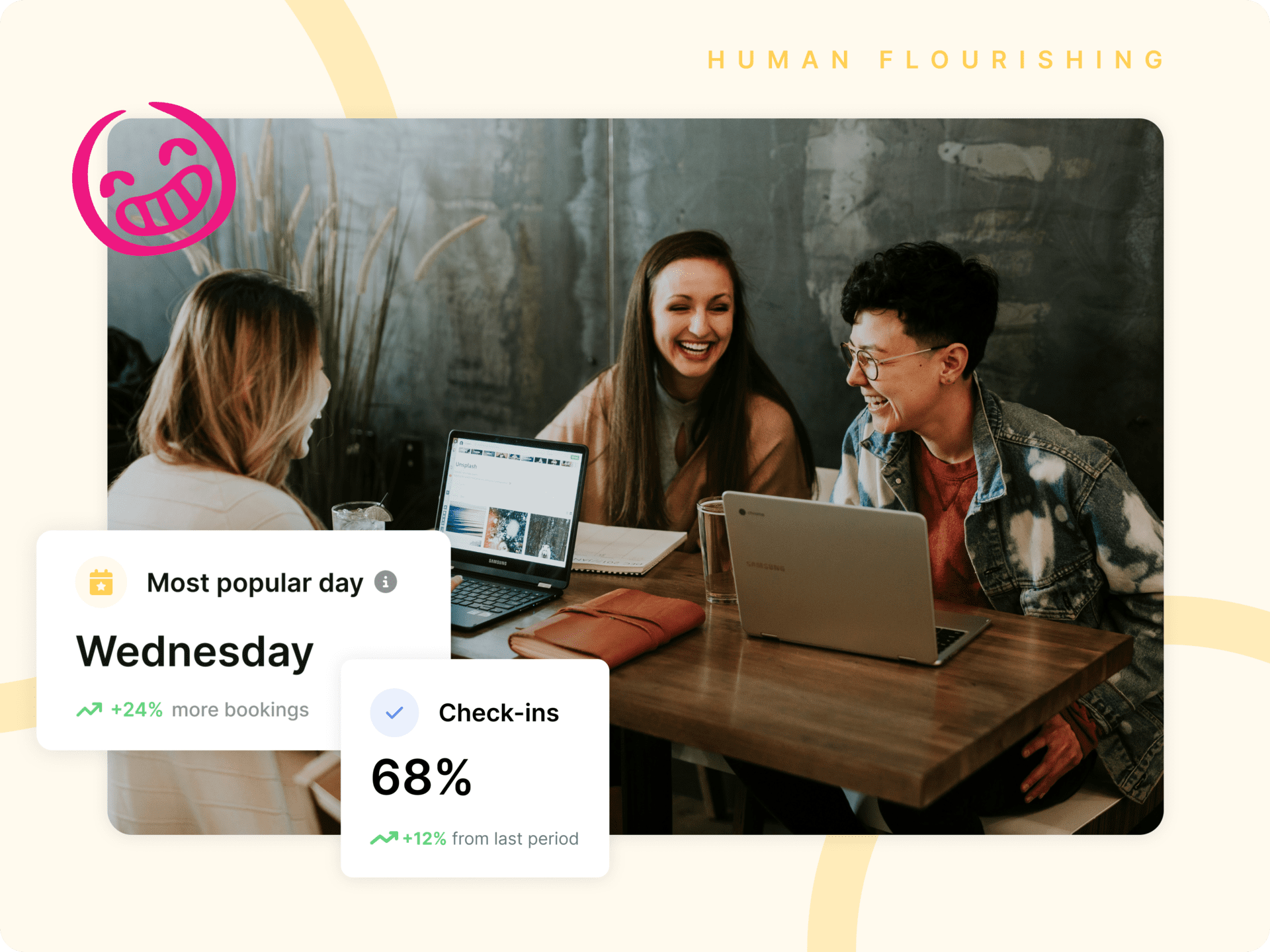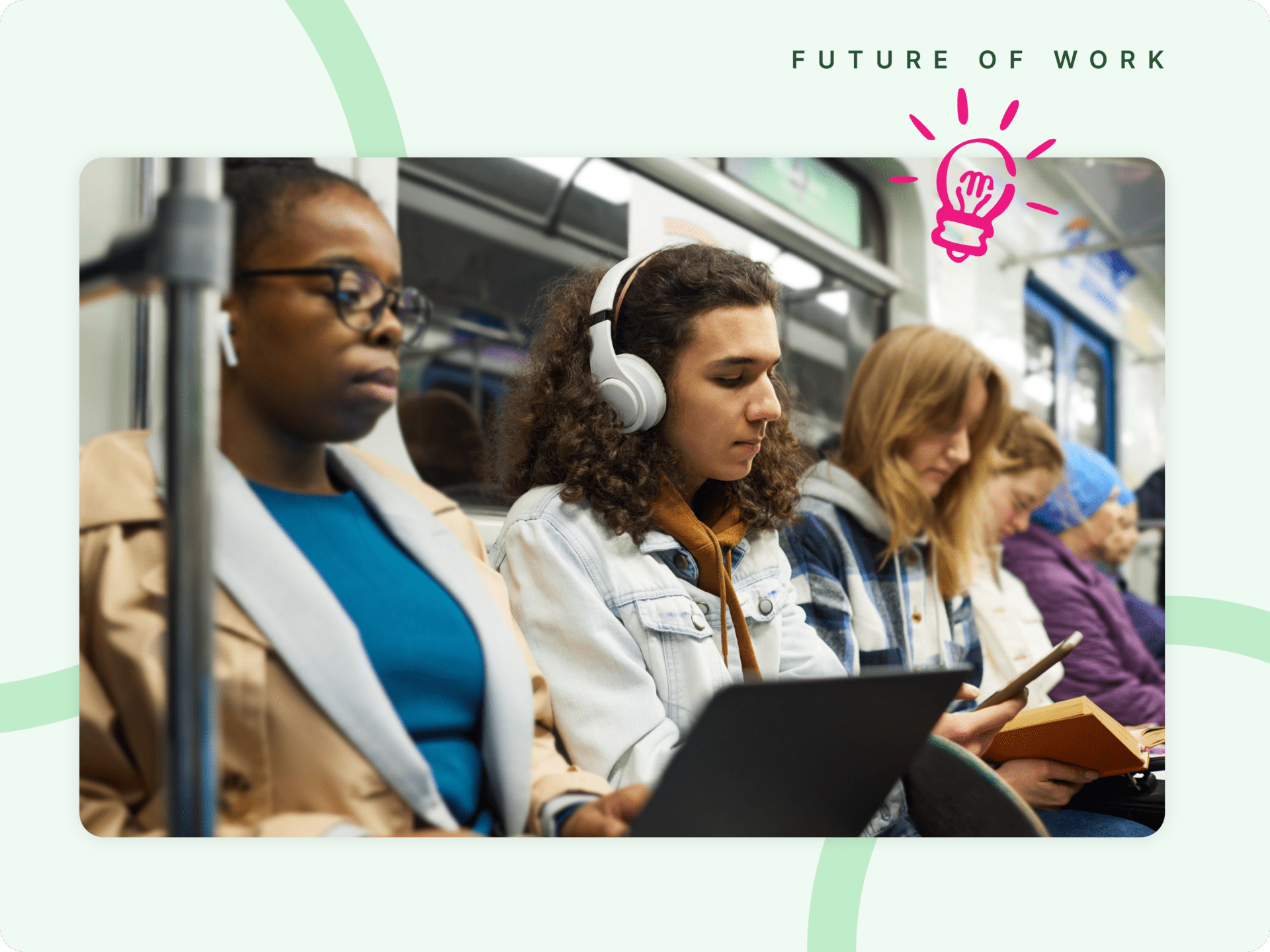Transforming the Destination Workplace
The post pandemic workplace is evolving to look very different. Companies are switching to hybrid. They’re reworking offices to factor in a greater need for collaboration, face to face connection, and flexibility. People can work anywhere. Many are unlikely to go back to commuting five days a week. The office has lost its footing as the epicentre of work.
The rise of the destination workplace
From Zoom to Slack to Google Docs, technology has freed people from the nine to five. People in the knowledge economy can work as well on a beach in Bali as they can in an office. But there’s a missing link: face to face time. Coaching and mentoring, creative innovation, team bonding, and company culture are all developed through in-person interactions. To draw a dispersed workforce in, we need to reimagine the office to become a destination that people want to spend time in.
The purpose of the so-called destination workplace is to create a first-class employee experience and bring office life closer to personal life. It’s firmly people focused. It has to be if it’s going to compete with a beach in Bali. Progressive companies such as Google have long recognised the importance of the destination workplace. Other big hitters, such as Deliveroo, have followed suit. Post pandemic workplace culture is accelerating this transition. Employee focused working environments are set to become the norm, not the exception.
In the same way that bricks and mortar stores have responded to the e-commerce boom by amping up the in-store experience, the destination workplace is all about employee experience. The days of the soulless office factory floor are numbered. The most successful modern workplaces will be those that can create a community for employees to engage with. That can mean biophilic office design, nutritious snacks available on site, relaxing socialization space, modern digital infrastructure, and leisure amenities such as access to a gym or lunchtime yoga classes.
- A well-crafted destination workplace design should:
- Make work feel like it’s not work
- Support work, rest, and play
- Aim to delight employees
- Create a sense of community
- Provide a variety of workspaces suited to different work styles
- Use technology to create a seamless in-office experience, such as desk booking software and smart meetings
Why is a people-first destination workplace so important?
Your people are your biggest assets. From product development to customer service, it’s their effort, experience, and know-how that create value for customers. Take away the people, and a company is an empty building full of technology sat on standby. It’s important to look after them. The working environment you provide will shape your brand.
Part of the reason why your followers support you, it helps attract and retain both customers and employees.
Imagine company A, known for being a dynamic, supportive and energizing place to work and company B, known for the opposite. Regardless of product, which would you rather buy from, or work for? An environment that employees love helps drive loyalty, commitment, and creativity in your company. It’s people focused, and people, not the office, are the future of work.
The role of the future workplace
Pre pandemic, many people imagined that the future of work would be purely digital. We’d all be working in cyberspace, office space rendered entirely redundant. The importance of face-to-face human connection is one of many lessons the pandemic has taught us. Plunged into a digital-only 12 months’ worth of shutdowns, we emerged craving human contact.
The subsequent move to hybrid has turned the future workplace on its head. No longer the default working environment, the role of the office is becoming more specialist. It’s not the factory that workers trudge to every day anymore. Now, it needs to define the company culture and be the hub of the workplace community, drawing people in to connect, collaborate, and create.


